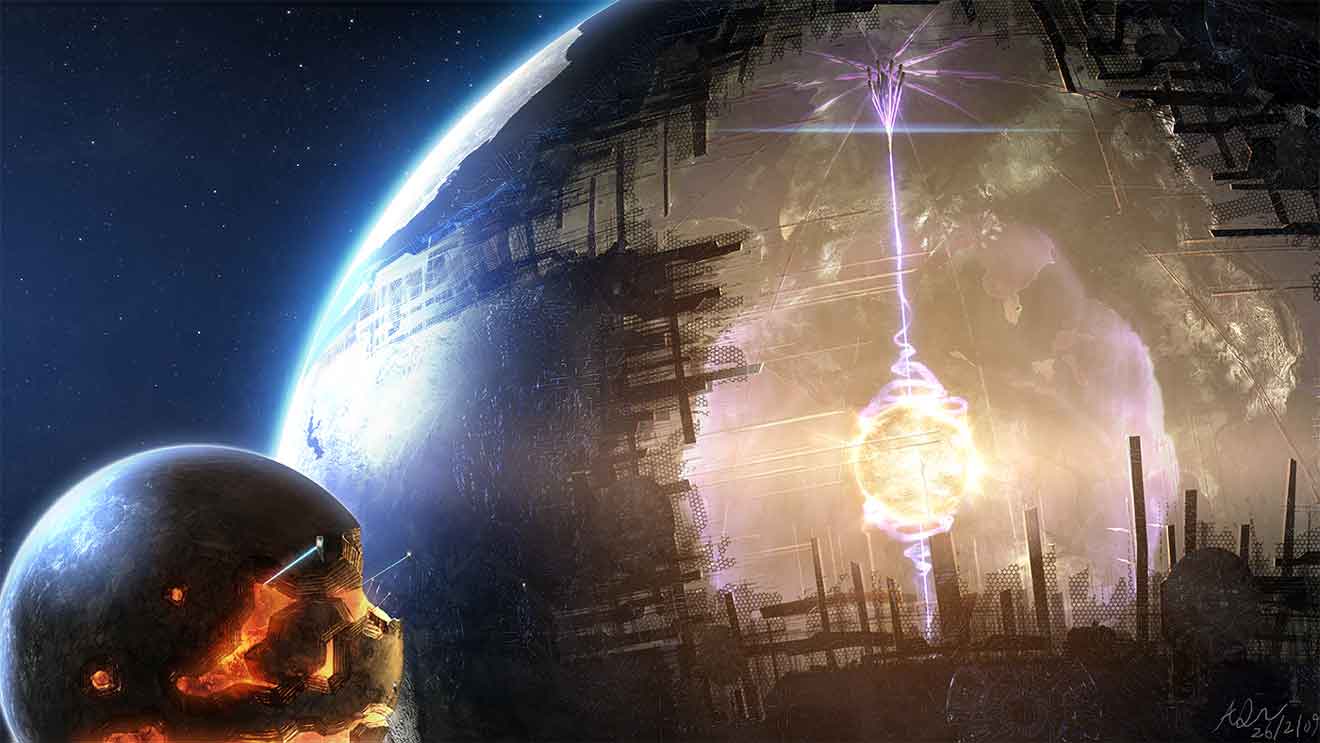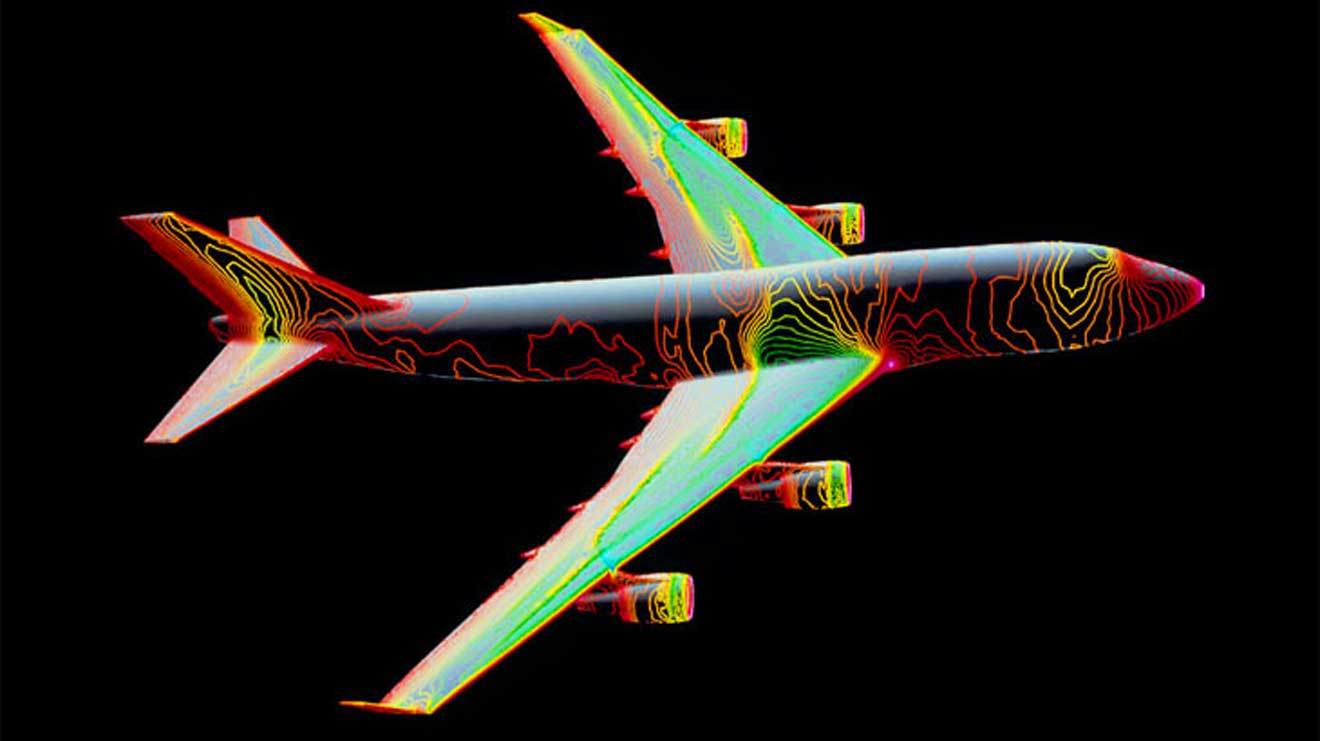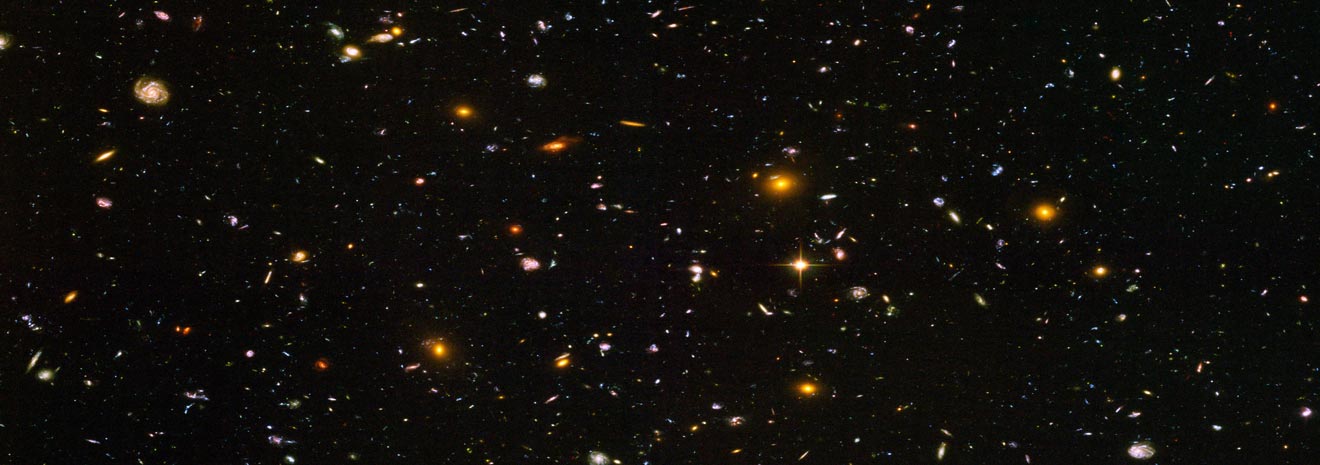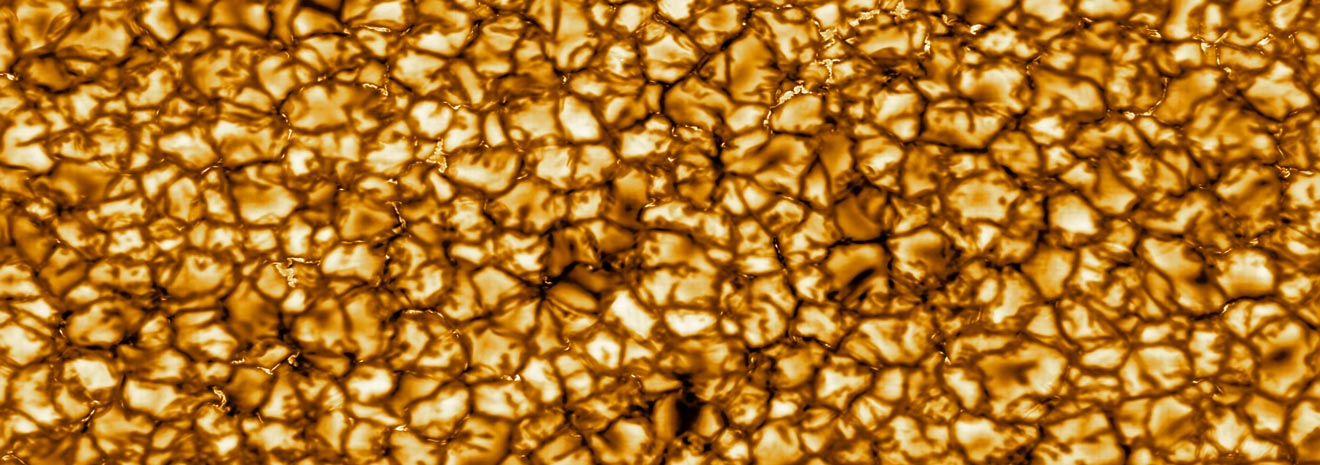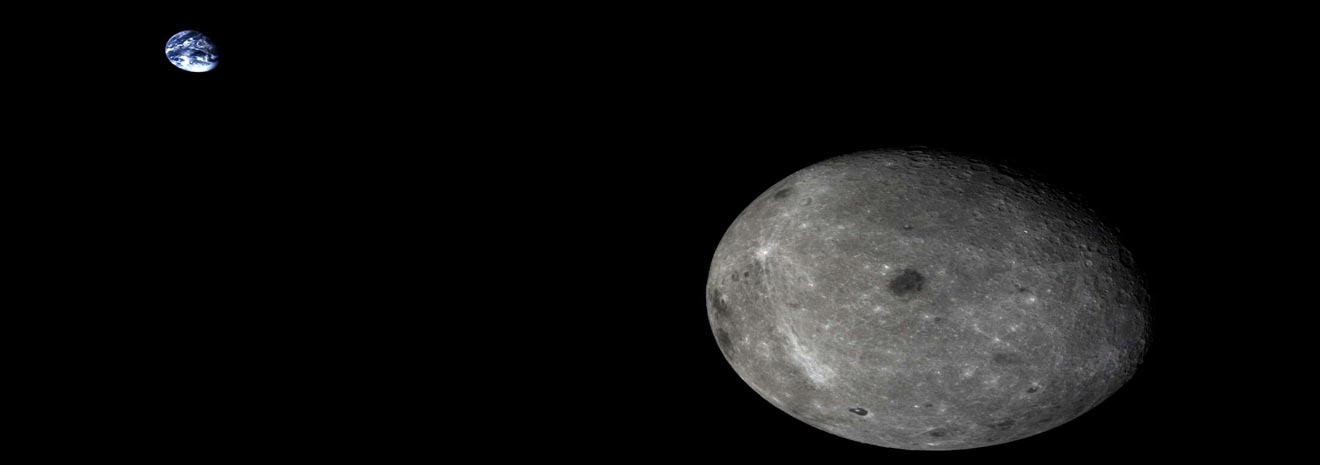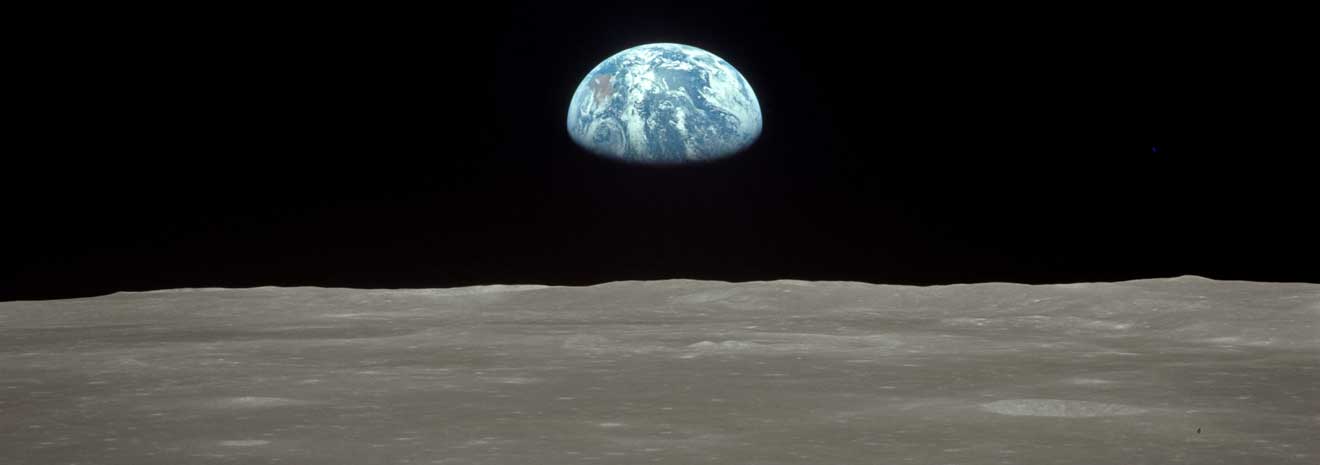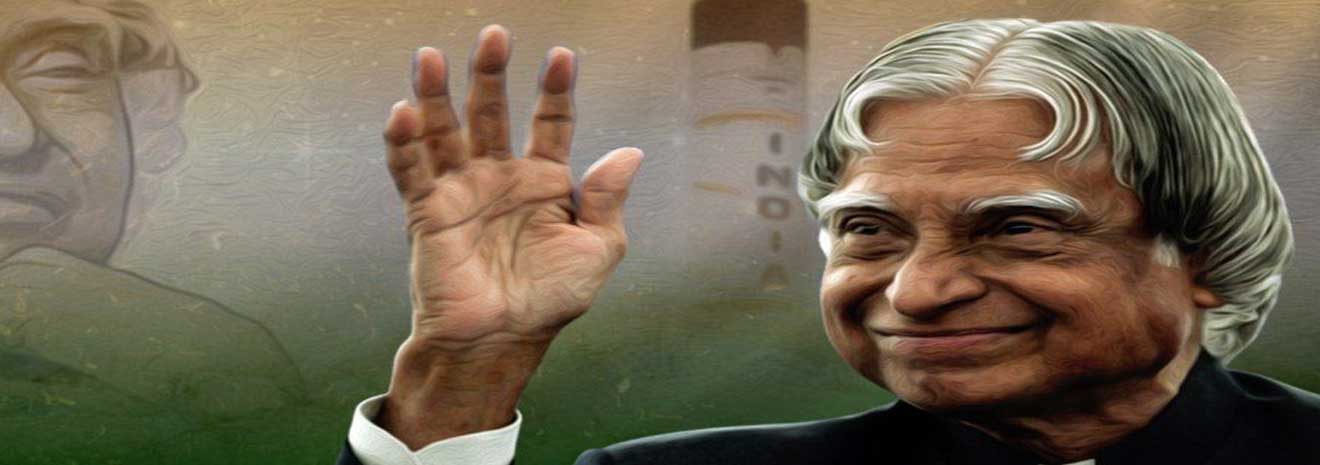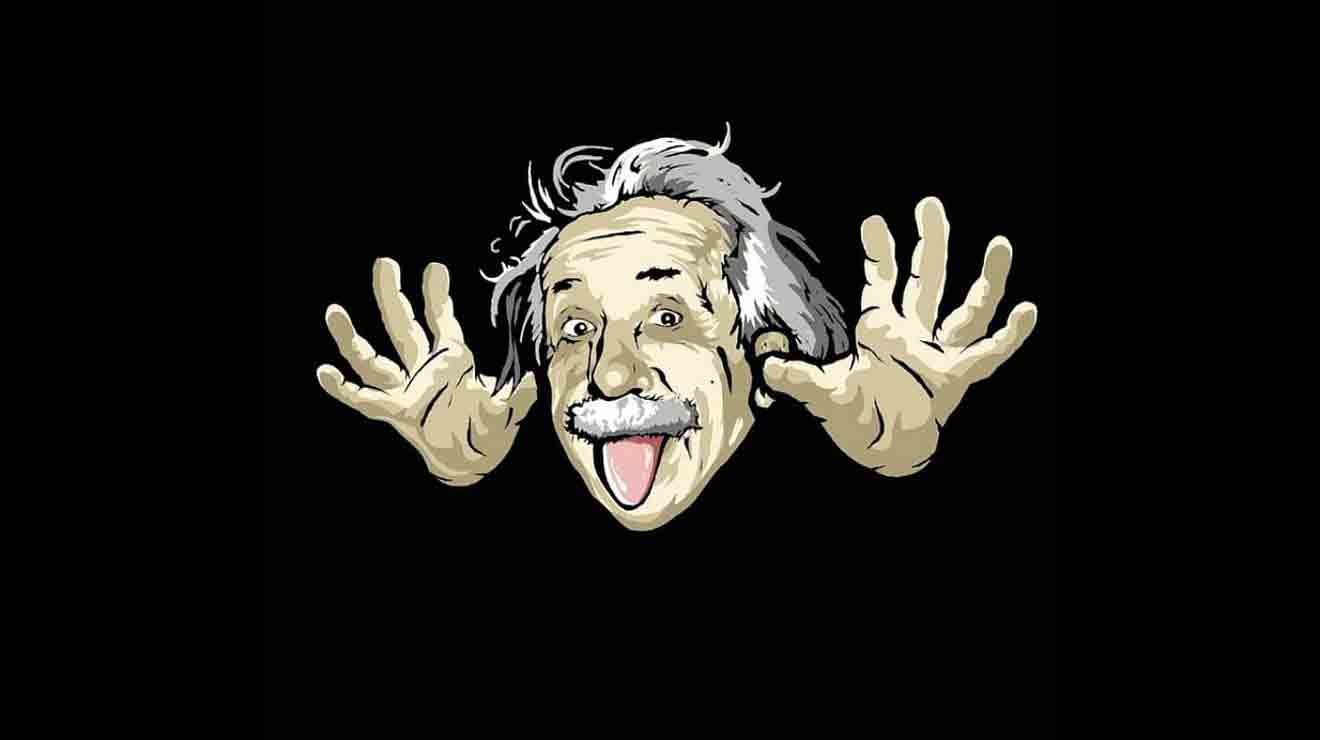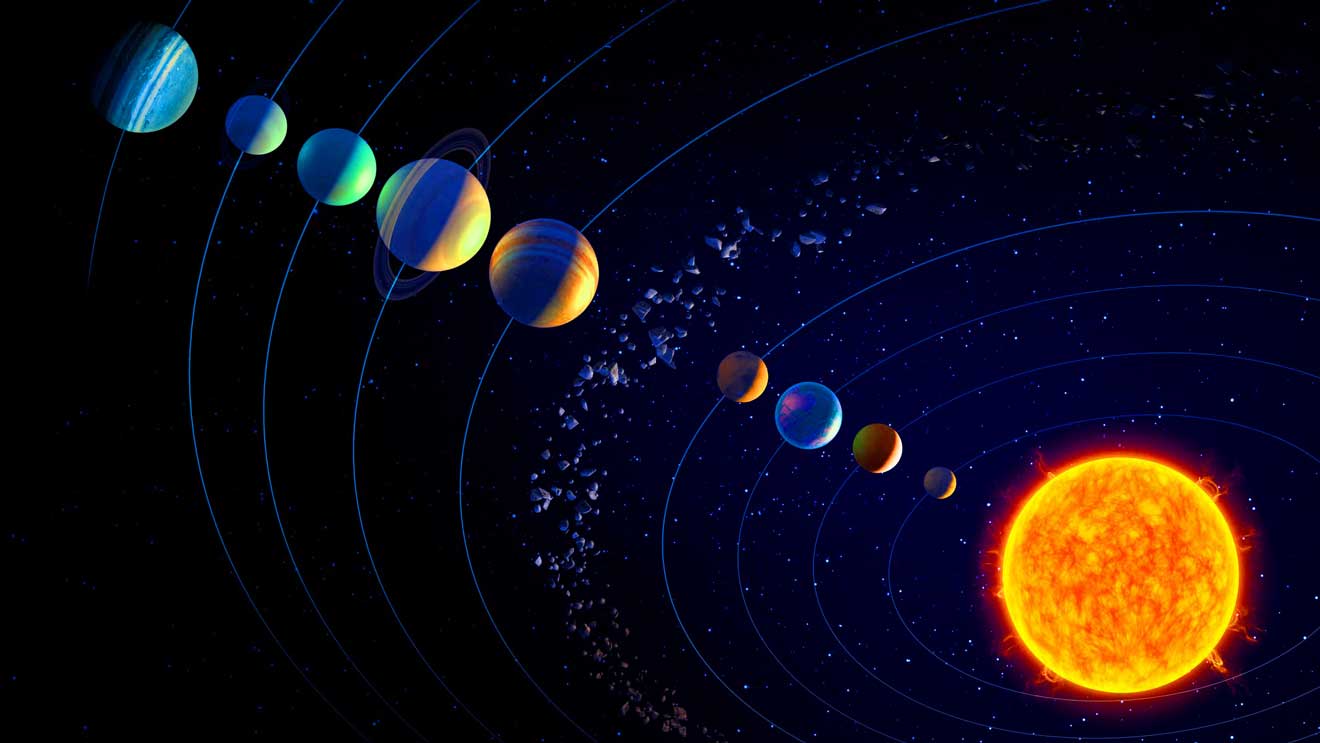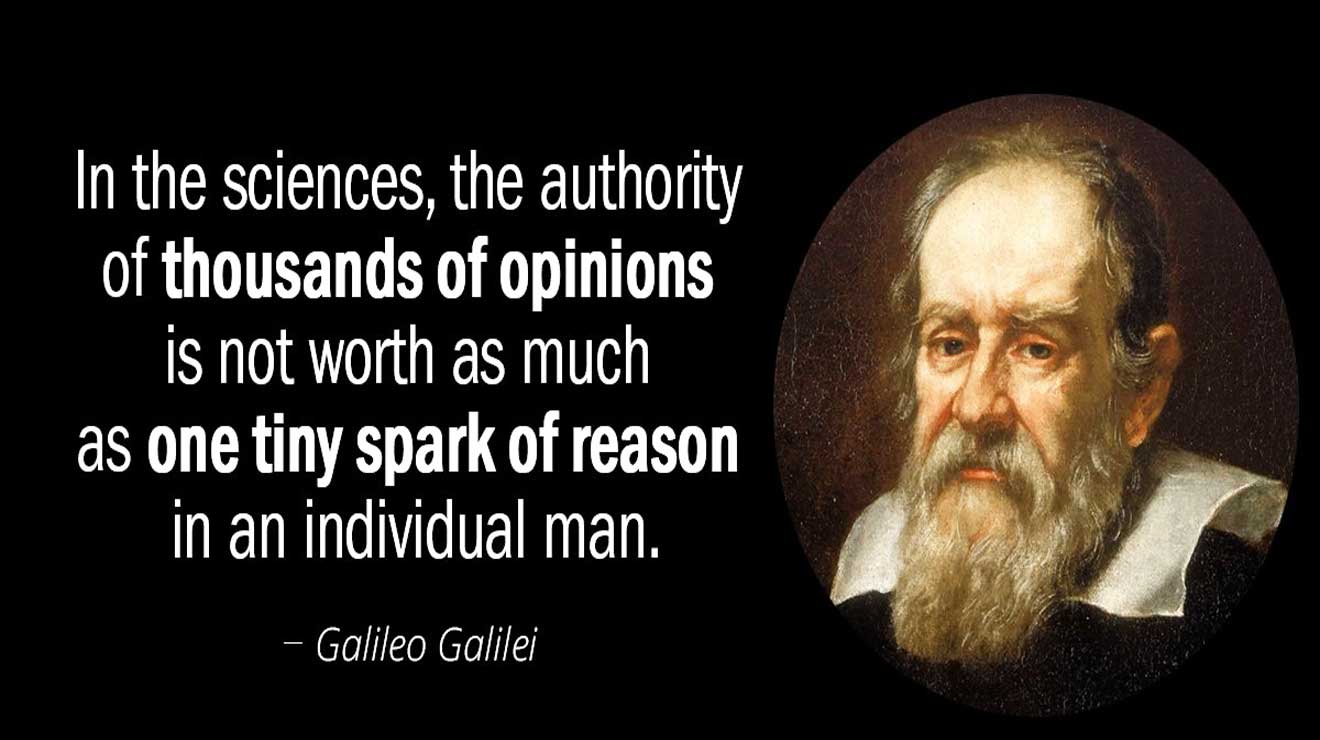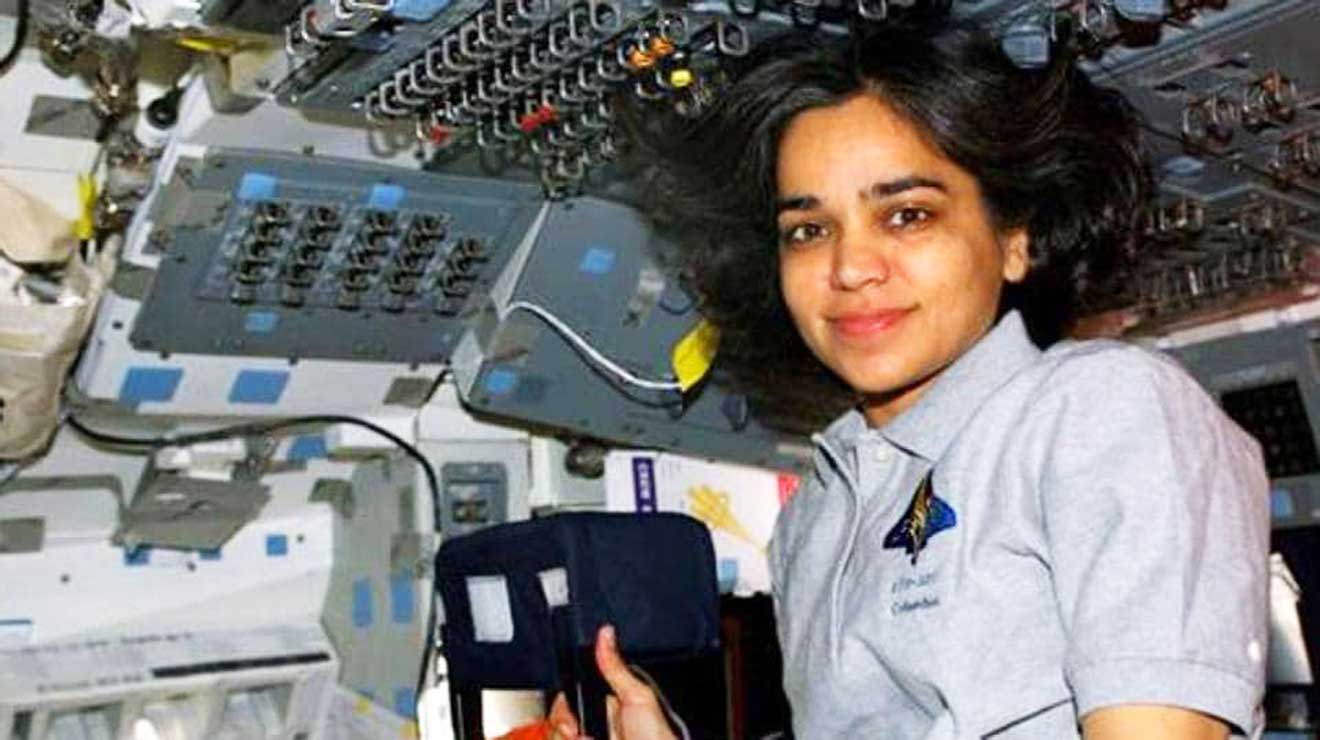In addition to being a scientist, Galileo Galilei was a talented artist with an acute eye. His artistic ability may have ultimately assisted him in understanding the physical truth of the objects he saw, according to historians.
Galileo Galilei is often considered as the father of modern physics and possibly contemporary science in general. Galileo the artist, however, is a significant aspect of his Renaissance persona that is overlooked in this common portrayal. Art and science have always been intertwined, and Galileo exemplified how they can inspire and inform one another. In addition to being a skilled observer and a keen thinker, he was a talented artist, trained in cutting-edge perspective techniques pioneered by his fellow Italian artists. His artistic sensibility played a key role in his scientific insights, leading some 400 years ago to a new picture of the universe.
Galileo is well known for his work as a scientist. His father was an accomplished composer, teacher, and music theorist who left behind a number of surviving works. The mother of Galileo was an intelligent woman from a wealthy household who could count a cardinal among her kin. The teenaged Galileo travelled to Pisa in 1581 to pursue his interest in medicine, primarily to appease his father’s wishes. He was always interested in astronomy, but it soon became apparent that his true passion was mathematics. He had already been interested in the Copernican model of the sky, which places the Sun—rather than Earth—at the centre of our solar system. Galileo gave several lectures on the amazing phenomenon, speculating on its importance, when a new star erupted in the sky in 1604—the supernova now known as Kepler’s Star.


